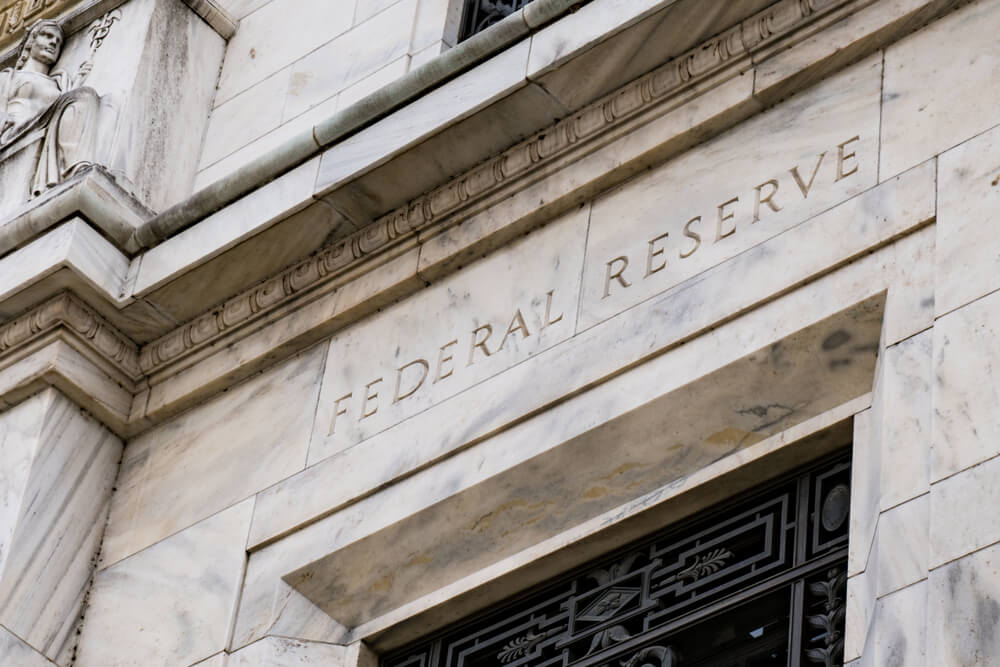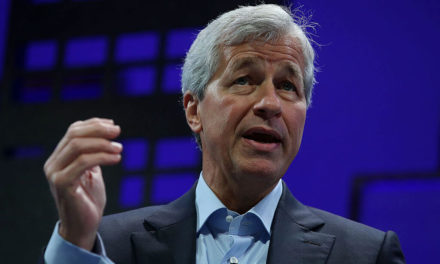The Federal Reserve looks poised to cut interest rates for a second time Wednesday to help extend the economic expansion in the face of global weakness, President Donald Trump’s trade war with China and geopolitical risks such as the attacks on Saudi Arabia’s oil facilities.
The modest rate cut the Fed announced in July — its first in more than a decade — left its benchmark short-term rate in a range of 2% to 2.25%. It also raised expectations that it would follow with up to three additional quarter-point rate cuts this year.
Most economists have since scaled back their forecasts for further rate cuts this year to one or two beginning Wednesday. A resumption of trade talks and a less antagonistic tone between Washington and Beijing have supported that view.
So has a belief that oil prices will remain elevated, that inflation might finally be reaching the Fed’s target level and that the U.S. economy remains sturdy.
Yet no one, perhaps not even the Fed, is sure of how interest rate policy will unfold in coming months. Too many uncertainties exist, notably the outcome of the trade war.
Trump has meanwhile kept up a stream of public attacks on the central bank’s policymaking, including referring to Powell as an “enemy” and the Fed’s policymakers as “boneheads.” Despite a still-solid job market and brisk spending by consumers, the president has insisted that the Fed slash its benchmark rate aggressively — even to below zero, as the European Central Bank has done — in part to weaken the U.S. dollar and make American exports more competitive.
No one expects the Fed to go anywhere near that far. Chairman Jerome Powell has said that the policymakers remain focused on sustaining the expansion and keeping prices stable without regard to any outside pressures.
At a news conference Powell will hold Wednesday, he will likely be asked about the risks facing the economy, including the attacks on Saudi oil production facilities, which sent oil prices surging and could raise inflation expectations.
The Fed is also monitoring the global slowdown, especially in Europe, and Britain’s effort to leave the European Union. A disruptive Brexit could destabilize not just Europe but the U.S. economy, too.
U.S. inflation, which has long been dormant, has begun to show signs that it is reaching the Fed’s 2% target and might remain there. If the Fed’s policymakers conclude that inflation will sustain a faster pace, it might give them pause about cutting rates much further.
The most serious threat to the expansion is widely seen as Trump’s trade war. The increased import taxes he has imposed on goods from China and Europe — and the counter-tariffs other nations have applied to U.S. exports — have hurt many American companies and paralyzed their plans for investment and expansion.
In recent days, the Trump administration and Beijing have acted to de-escalate tensions before a new round of trade talks planned for October in Washington. Yet most analysts foresee no significant agreement emerging this fall in the conflict, which is fundamentally over Beijing’s aggressive drive to supplant America’s technological dominance.
Balanced against a possible truce in the trade war are events that could undercut the economy, from a strike at General Motors to the attack that has temporarily reduced Saudi Arabia’s oil production. The Trump administration says Iran is behind the attack, raising already high U.S.-Iran tensions.
So far, most economists say the temporary loss of Saudi production won’t end up hurting the U.S. economy, primarily because there remains plenty of global supply.
“Higher oil prices are not the big economic deal that they have been in decades past,” said Mark Zandi, chief economist at Moody’s Analytics.
On Wednesday, in addition to announcing its decision on rates, the Fed’s policymakers will update their forecasts for economic growth, unemployment, inflation and interest rates over the next three years before Powell’s news conference.
The case for a rate cut is by no means overwhelming. The job market is essentially healthy, and wages are rising. Last week, the government reported that retail sales rose in August. An index of consumer sentiment produced by the University of Michigan has rebounded.
Still, the course of the trade war, along with other unknowns like the outcome of Brexit, will likely be the biggest factor in the Fed’s decision-making.
© The Associated Press. All rights reserved.




